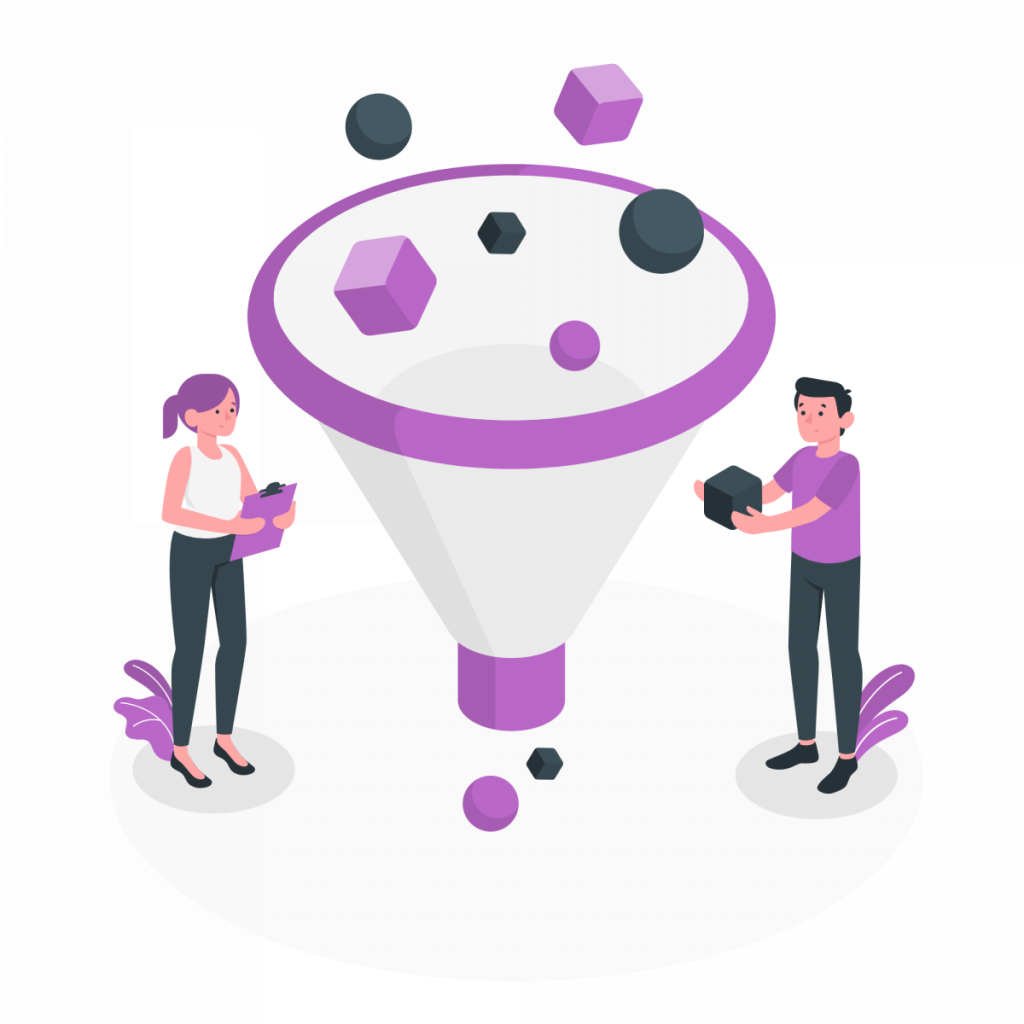In today’s data-driven landscape, the sheer volume and diversity of information often lead to a state of data chaos. The challenge lies not in the accumulation of data but in its organization and accessibility. Content Classification APIs emerge as a pivotal solution to this dilemma, providing the key to unlocking the benefits of organized data.

Take Advantage Of Content Classification APIs
Content classification revolves around the essential processes of categorization, labeling, and structuring data. It’s about creating hierarchies, taxonomies, and relationships that transform raw data into organized knowledge. These foundations form the bedrock of structured data.
Machine learning, a subset of artificial intelligence, plays a crucial role in content classification. Supervised learning, where models are trained with labeled data, and unsupervised learning, which identifies patterns independently, are the primary approaches. These intelligent algorithms are the engine driving precise content classification.
The impact of accurate content classification extends to multiple domains. It empowers enhanced data search capabilities, allowing users to retrieve information efficiently. Moreover, it streamlines data management, automating workflows and reducing human intervention. Personalization and improved user experiences become attainable as content classification tailors content delivery.
Key Features And Capabilities
Content Classification APIs offer a myriad of features and capabilities. They are engineered for scalability and speed, capable of processing vast datasets in real-time. Multilingual support broadens the reach of businesses, transcending language barriers. Customization options allow fine-tuning to specific industry needs, ensuring relevance.
The versatility of Content Classification APIs shines through various integration scenarios. In e-commerce, they revolutionize product recommendations, aligning offerings with customer preferences. Content filtering and moderation become seamless, maintaining content quality and compliance. Besides, content tagging and metadata enhancement simplify content management, reducing manual efforts.
Content Classification APIs find application in diverse real-world scenarios. In education and e-learning, they organize educational content, enhancing the learning experience. News and content aggregation platforms benefit from precise article categorization. Legal document management becomes efficient as the API classifies legal documents based on content, saving time and resources.
Critical Decision-Making Factors
Selecting the right Content Classification API necessitates careful consideration. Precision and accuracy are paramount, as they directly influence the quality of organized data. Scrutinizing the training data and models employed by the API is essential to ensure alignment with specific requirements. Additionally, understanding pricing structures and scalability options is crucial for budget management.
Several Content Classification APIs stand out in the market, each with its unique strengths. Google Cloud Natural Language API boasts accuracy and extensive language support. Amazon Comprehend offers robust customization options, while IBM Watson Natural Language Understanding excels in industry-specific content classification.
Integration Of Content Classification APIs
Integrating a Content Classification API need not be daunting. Follow a step-by-step approach: begin by obtaining API credentials. Then, select the appropriate API endpoint that aligns with your specific use case. Sample integration code, often provided by API providers, streamlines the integration process.
To maximize the benefits of Content Classification APIs, adhere to best practices. Regular model updates ensure accuracy as content evolves. Skillfully handling ambiguity and addressing edge cases is essential, as not all content fits neatly into predefined categories. Prioritizing data privacy and compliance builds trust with users, safeguarding their information.
In conclusion, Content Classification APIs serve as the key to unlock the door to organized data. They empower businesses to navigate the complexities of data chaos and emerge with structured, valuable knowledge. As we look toward the future, organized data will continue to be a driving force behind informed decision-making, efficient data management, and enhanced user experiences. By embracing the capabilities of Content Classification APIs, you’re not just gaining access to organized data; you’re holding the master key.
Check Klazify, One Of The Bests Content Classification APIs
Klazify is a powerful API that can be used to classify content, such as websites, emails, and documents. It is highly accurate and reliable, and it can be used for a variety of purposes, such as content moderation, marketing, and research.

Klazify uses machine learning to classify content with high accuracy. This means that you can be confident that the results you get are accurate and reliable. Klazify can classify content into over 385 categories, so you can find the exact category you are looking for, no matter how specific it is.
Klazify is easy to use and integrate into your applications. You can get started with Klazify in just a few minutes. Klazify also offers a variety of pricing plans to fit your budget.
Company Information API Endpoint
Klazify returns the website’s category information when you enter a URL. The API analyzes the company’s website and categorizes it into 385+ probable topic categories (the taxonomy for classification is based on the IAB V2 standard).
For example, here below, you can find a response to the URL (Xiaomi.com) endpoint Company API.
{
"domain": {
"domain_url": "http://xiaomi.com"
},
"success": true,
"objects": {
"company": {
"name": "Xiaomi",
"city": null,
"stateCode": null,
"countryCode": "CN",
"employeesRange": "10K-50K",
"revenue": 291490000000,
"raised": null,
"tags": [
"Consumer Electronics",
"Computer Hardware",
"Telecommunications",
"Networking",
"Internet",
"B2C",
"Mobile"
]
}
}
}
How To Start Using Klazify?
- First, go to www.klazify.com and subscribe.
- Then, every user gets a personal API access key, a unique combination of letters and digits provided to access the API endpoint.
- Finally, chose the endpoint that you need and press “Run”, and that’s it!
Want to learn more about this? Go check How Can An API Help You Easily Classify Website Content?

